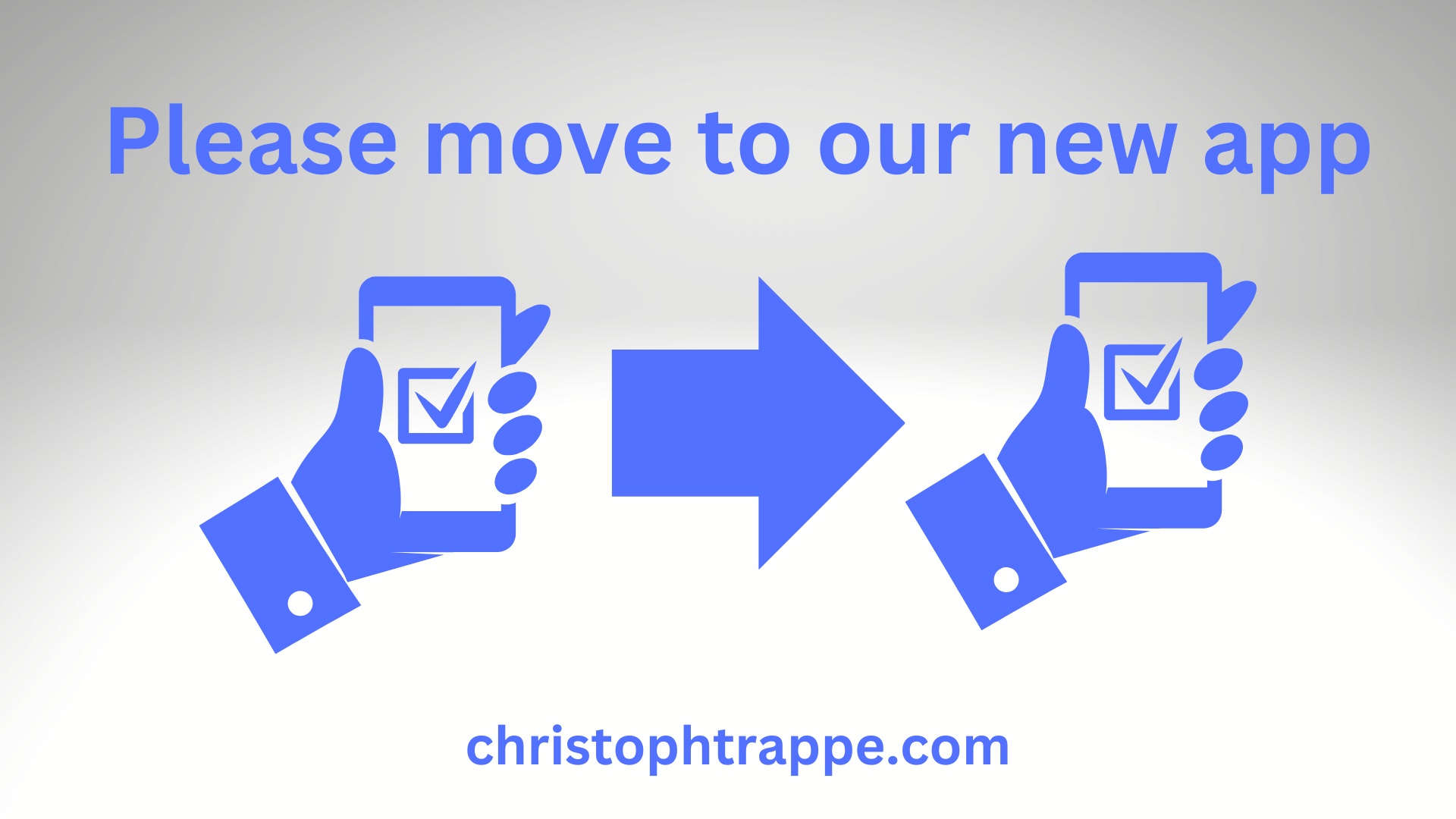Trappe Digital LLC may earn commissions from sponsored links and content. When you click and buy you also support us.
App migration can be a tricky situation. For example, your company has a new app and really wants people to migrate to it from your old app – a process that can be like pulling teeth. But certainly, there are ways to set the app migration process up to be more successful and go beyond hopeful thinking and that maybe they will find the new app in the app store.
To dive into this, I discuss the following in this article:
- What is an app migration?
- Why do companies create new apps?
- Why can it be so complicated?
- Example of moving users from one app to another
What is an app migration?
In the simplest sense, an app migration happens when companies have had one app for a while and now have a new one and need users to move from the old app to the new one.
Read next: Website marketing strategy: How to integrate your website into your strategy
Why do companies create new apps?
Reasons can range from a switch in vendors to updated functionalities that aren’t possible in the old interface. Usually, companies should weigh the reason for switching to how difficult adoption of the new app will be. Sometimes it’s possible to update the existing app, so no such migration would be necessary.
Read next: The Benefits of Creating and Publishing Seasonal Content For Digital Marketing Campaigns
Why can an app migration be so complicated?
Moving apps takes more work than, let’s say, moving an email list to another email provider. For example, when the Twitter email service shut down, I exported my email list, imported it to Mailchimp, and now I send my emails from there. That’s not possible with app users, unfortunately. They typically have to download the new app and then start using that.
So it’s a bit of a process. Also, some users might not even be active in your current app, so even though an app might have, let’s say, 10,000 users or downloads, if only 1,000 are active, the other 9,000 won’t migrate anyway – plus there might not even be a point as they are not actually using the app.
Example of moving users from one app to another
I’ve been using the WordPress Mobile app for years, and that’s now being transitioned into the Jetpack app. The migration was super easy. When I logged onto the WordPress app, I was notified of the new app’s availability.

OK. I wasn’t really thinking about switching but looked easy enough. The prompt sent me to the App Store to download the new app.
All the settings, sites, and data were transferred automatically from my WordPress to my new Jetpack app. Easy breezy app migration.

After I clicked to continue, the setup was complete. It reminded me to delete my old WordPress app as a final step.

I have no idea why there’s a new app or whether or not it will even benefit my content creation process at all, but it was such an easy process that I followed the prompts.
Of course, the experience in the new app must be up to snuff as well. In this case it was very similar to the WordPress app so I didn’t even put any more thought into not staying there.
That’s how a successful app migration process should work. Make it easy for the user; perhaps consider sharing the benefits along the way – especially when people aren’t switching – and be clear in the steps.

